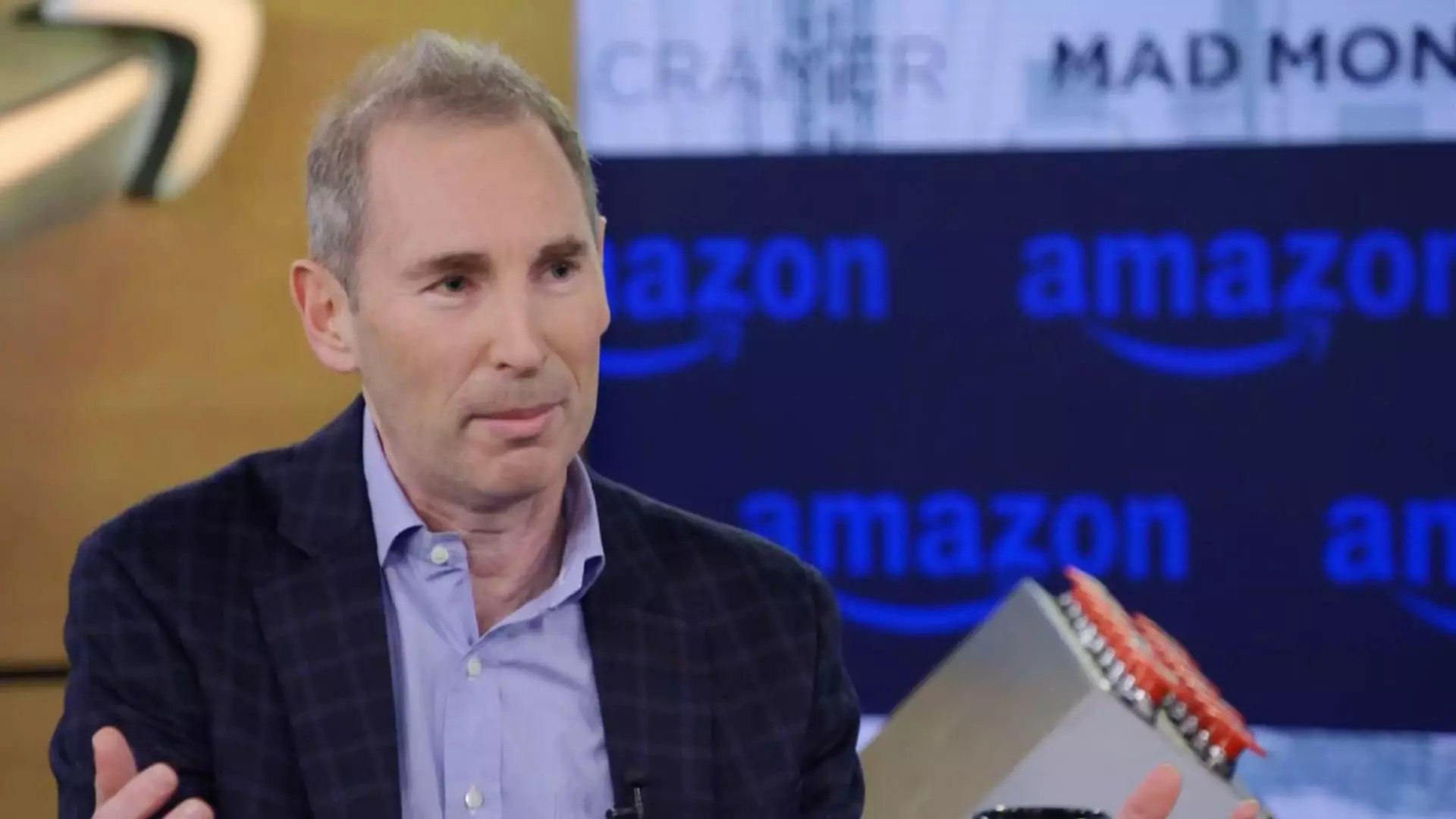Amazon CEO Andy Jassy recently addressed the growing concerns among investors regarding the corporation’s substantial financial commitment to generative artificial intelligence (AI). This concern emerged during a conference call held after Amazon’s third-quarter earnings report, where Jassy sought to instill confidence by highlighting the remarkable success of Amazon Web Services (AWS). AWS has not only been a cornerstone of Amazon’s profitability but has also demonstrated resilience in the face of soaring capital expenditures associated with infrastructure development, particularly data centers.
By connecting the dots between AWS’s past performance and the future of generative AI, Jassy reassured stakeholders that their investments in this area would yield similar financial returns. “We expect the same thing will happen here with generative AI,” he asserted, emphasizing a long-term outlook that prioritizes future growth over immediate returns.
Amazon reported a staggering $22.6 billion spent on property and equipment in the last quarter, marking an 81% increase compared to the previous year. As Jassy elaborated, this leap in capital expenditures is intrinsically tied to the company’s efforts in generative AI, with forecasts estimating a total capital expenditure of $75 billion in 2024, followed by even heftier investments in 2025. The urgency behind these investments is connected to a rapidly escalating demand for AI technology, fueled by the widespread adoption of applications like OpenAI’s ChatGPT.
While the ambition to establish a robust AI infrastructure is admirable, this aggressive investment raises questions about the sustainability of such spending. Will Amazon be able to maintain its significant capital outlay as competition intensifies and market conditions shift? While Jassy characterizes the current climate as a “once-in-a-lifetime opportunity,” there remains an inherent risk in such a bold positioning within a highly dynamic market.
The discourse surrounding AI investments is not unique to Amazon. Other tech giants, including Meta, Microsoft, and Alphabet, are also heavily investing in generative AI, signaling a collective acknowledgment of its transformational potential. Meta recently upgraded its capital expenditure forecasts after reporting encouraging progress from its AI teams. Conversely, Microsoft faced scrutiny as its financials reflected the costs incurred from its investments in OpenAI, a development that suggests risks associated with high-stakes collaborations.
As the technology landscape evolves, the competition is becoming fiercer. Each firm aims to carve out its niche in the generative AI space, with Amazon’s background in cloud services potentially positioning it favorably. However, a market characterized by rapid innovation may limit the effectiveness of existing strategies. Companies must constantly reassess their approaches to ensure they are not left behind as rival organizations unveil new methodologies and breakthroughs.
Although Amazon has yet to disclose the precise revenue generated from its generative AI initiatives, Jassy claims it has evolved into a “multi-billion-dollar revenue run rate” business within AWS. Markedly, the growth rate of this AI segment exceeds that of AWS during its own formative years, suggesting that the generative AI market possesses an unprecedented velocity of expansion. This fact raises a crucial question: is such rapid growth sustainable?
Moreover, Amazon’s commitment to developing AI products accessible to various stakeholders—ranging from enterprises to third-party sellers—positions it uniquely to leverage a diverse client base smartly. The anticipated release of an upgraded version of the Alexa voice assistant, integrating generative AI, highlights Amazon’s strategy to remain at the forefront of AI innovation. Such advancements might enhance user experience and solidify customer loyalty, thereby fostering long-term revenue generation.
As Amazon navigates through its strategic investments in generative AI, the balancing act between risk and reward becomes ever more critical. Jassy’s messages reflect optimism and forward-thinking leadership, yet investors must remain vigilant about the unpredictable nature of technology adoption and market trends.
In a landscape where companies are racing to leverage AI technologies, the ephemeral nature of consumer preferences and competitive dynamics necessitates a cautious approach. Ultimately, the success of Amazon’s investment strategy will depend not only on its ambitious spending but also on its agility and capacity to respond to unforeseen challenges in this fast-evolving sector.


Leave a Reply